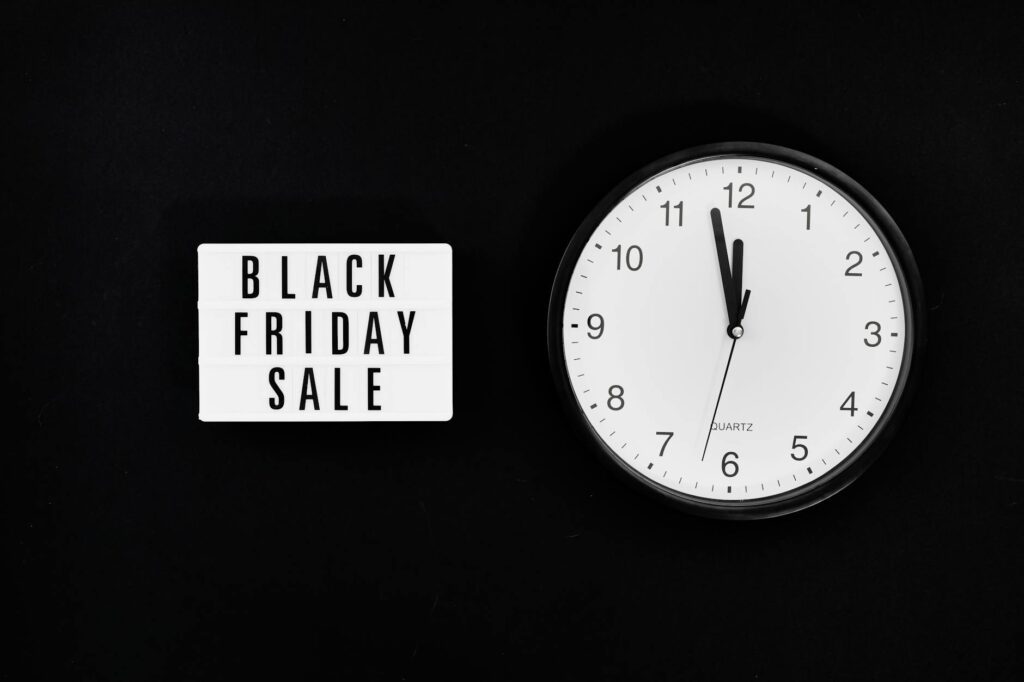What is interruption reduction?

What is interruption reduction?
In our fast-paced world, interruptions seem to lurk around every corner. From incessant notifications on our phones to colleagues popping by for a quick chat, these disruptions can prevent us from maintaining focus on our tasks. Interruption reduction is the practice of minimizing these distractions to enhance productivity, creativity, and overall well-being. By creating a more focused environment, we can tackle our tasks with greater efficiency and satisfaction.
Understanding Interruption Reduction
Interruption reduction is the process of identifying and minimizing various disruptions that impede our productivity. This concept is crucial not only in professional environments but also in personal settings. Whether you’re working from home or in a bustling office, understanding how interruptions affect our workflow can lead to significant improvements in performance.
The Psychological Impact of Interruptions
Have you ever been in the zone, fully engaged in a task, only to be jolted back to reality by a notification? Studies show that interruptions can increase cognitive load, making it harder to concentrate. When we’re interrupted, it takes an average of 23 minutes and 15 seconds to regain our focus (source: Medium). These constant disruptions can lead to stress and overwhelm, ultimately hindering our efficiency and creativity.
Types of Interruptions
Interruptions can arise from various sources, including:
- Digital distractions: Notifications from emails, social media, and instant messaging.
- Physical interruptions: Colleagues stopping by your desk for casual conversations or meetings.
- Environmental factors: Noise from construction, conversations, or even loud music nearby.
Recognizing these interruptions is the first step toward effectively managing them.
Strategies for Effective Interruption Reduction
Reducing interruptions requires deliberate strategies. Here are some actionable techniques to help you regain control over your focus.
Creating a Focused Work Environment
A distraction-free workspace is essential for minimizing interruptions. Here are some tips to design that space:
- Declutter your desk: Keep only essentials on your workspace to avoid visual distractions.
- Use noise-canceling headphones: These can help drown out background noise and allow you to focus.
- Set clear boundaries: Communicate with your colleagues about your focus times when you prefer not to be disturbed.
Creating an environment that promotes focus can significantly enhance your productivity.
Time Management Techniques
Incorporating effective time management techniques can also reduce interruptions. Two popular methods are:
- The Pomodoro Technique: Work for 25 minutes, then take a 5-minute break. This method encourages focused work sessions while ensuring regular breaks to recharge.
- Time-blocking: Allocate specific blocks of time for particular tasks. By scheduling your day, you can set aside uninterrupted periods to focus on high-priority tasks.
Both techniques can help you maintain a steady workflow and minimize distractions.
Tools and Technologies for Interruption Reduction
In today’s digital age, several tools can assist in reducing interruptions. Here are a few worth exploring:
Notification Management Tools
Managing notifications is vital for reducing distractions. Tools like Do Not Disturb settings on your phone or computer can minimize interruptions. Additionally, apps such as Freedom allow you to block distracting websites and apps during focus sessions.
Focus-Enhancing Applications
Various applications can help maintain focus. Consider using:
- Focus Timers: These apps allow you to set timers for focused work sessions, promoting accountability.
- Website blockers: Tools like StayFocusd help limit time spent on distracting websites, keeping you on track.
Incorporating these tools into your routine can significantly reduce interruptions and enhance productivity.
Measuring the Success of Interruption Reduction
To determine if your interruption reduction strategies are effective, it’s essential to assess your progress.
Setting Productivity Metrics
Establish specific metrics to track your productivity. Examples include:
- Task completion rates: Measure how many tasks you complete in a given time frame.
- Focus duration: Track how long you can maintain focus on a single task without interruption.
These metrics will provide valuable insights into your productivity levels and help you make necessary adjustments.
Reflecting on Personal Progress
Keeping a journal or log of your productivity improvements can also offer clarity. Write down your thoughts on what strategies are working or which distractions are still prevalent. This reflection can help you refine your approach and stay committed to your goals.
Conclusion: Embracing Interruption Reduction for a Balanced Life
Interruption reduction is vital for maintaining productivity in our increasingly distracting world. By creating a focused environment, utilizing effective time management techniques, and leveraging technology, you can significantly enhance your productivity. The benefits of interruption reduction extend beyond work; they contribute to a more balanced life. By applying these strategies, you’ll find yourself achieving your goals with greater ease and satisfaction. So, why not start today? Embrace interruption reduction and unlock your full potential.

Photo by Kaboompics.com